In general, magnetic materials refer to strong magnetic materials, which are ancient and very widely used functional materials. However, the magnetism of substances was known and applied as early as 3000 years ago. For example, natural magnets were used as compasses in ancient China.
Modern magnetic materials have been widely used in our life. For example, permanent magnet materials can be used as motors, core materials used in transformers, magneto-optical disks used as memories, and magnetic recording floppy disks for computers, etc. Some books say that magnetic materials refer to materials that can directly or indirectly generate magnetism from transition elements such as iron, cobalt, nickel and their alloys.
In terms of material and structure, magnetic materials can be divided into two categories of "metal and alloy magnetic materials" and "ferrite magnetic materials".
Ferrite magnetic materials can be divided into polycrystalline structures and single-crystal structure materials.
In terms of the application function, magnetic materials can be divided into soft magnetic materials, permanent magnetic materials, magnetic recording-moment magnetic materials, gyromagnetic materials and so on.
There are both metallic materials and ferrite materials in soft magnetic materials, permanent magnetic materials, and magnetic recording-moment magnetic materials. However, gyromagnetic materials and high-frequency soft magnetic materials can only be ferrite materials. This is because metal will produce huge eddy current effects at high frequency and microwave frequency, which will result in metal magnetic materials unusable. Ferrite has high resistivity so that it will effectively overcome this problem and be widely used.
In terms of morphology, magnetic materials include powder materials, liquid materials, bulk materials, and thin-film materials.

Other Functional Composite Materials In addition to bonded magnetic compounds, we can also cooperate with customers to develop customized functional composite materials, such as high-density compounds and metal bonded plastic. We are committed to providing customers with new user experience and different design inspiration.
 CN
CN

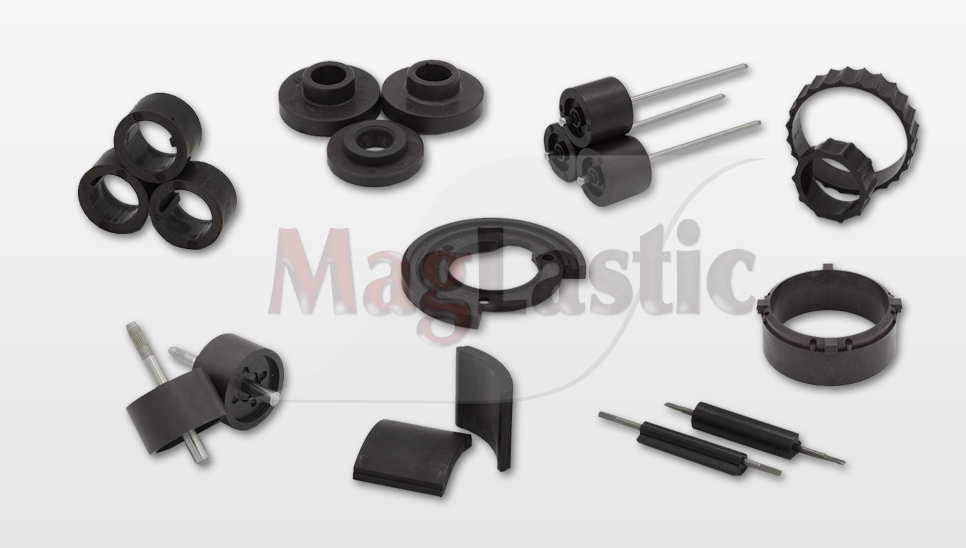
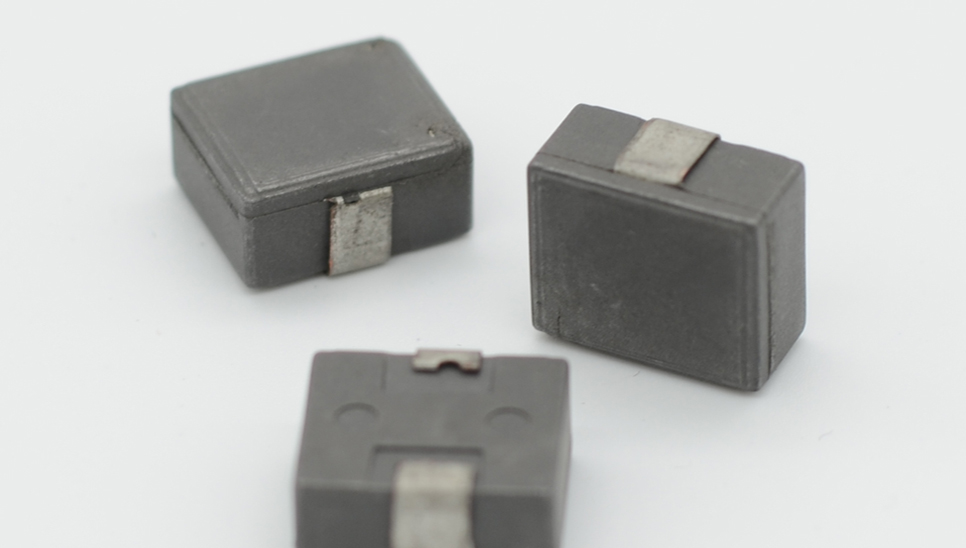
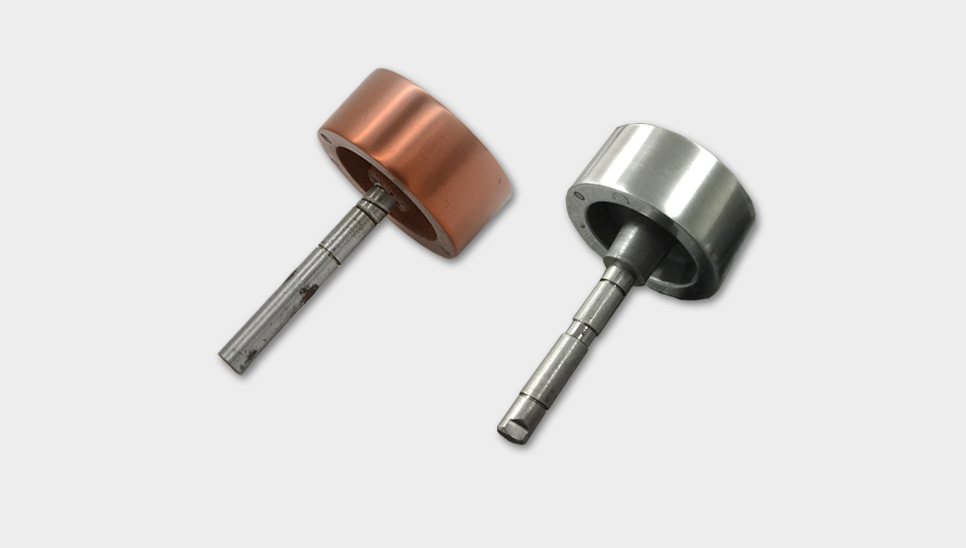
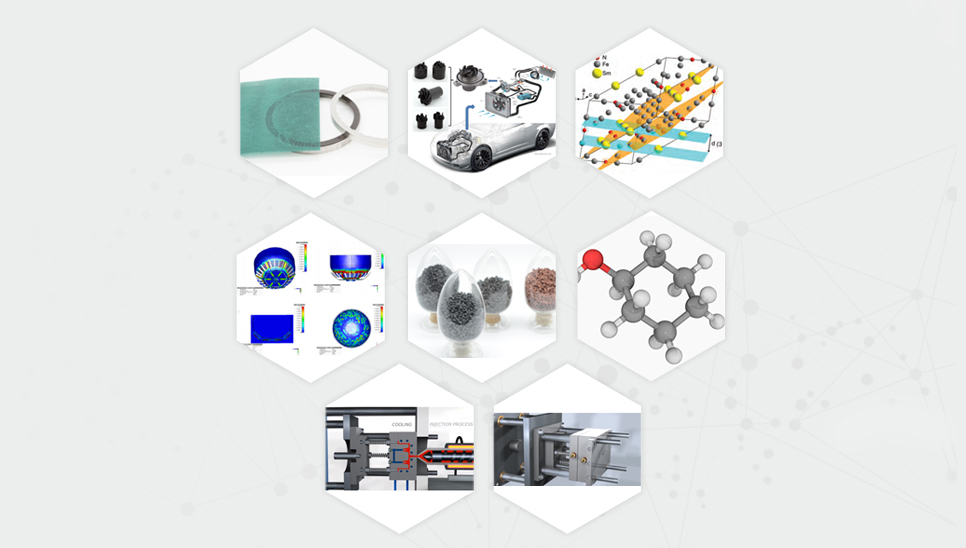


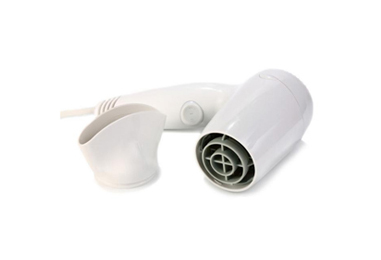



 Call us on:
Call us on:  Email Us:
Email Us:  1F, Building 3, NO.77 Gaoxin 13 road, Xiaoshan district, Hangzhou
1F, Building 3, NO.77 Gaoxin 13 road, Xiaoshan district, Hangzhou